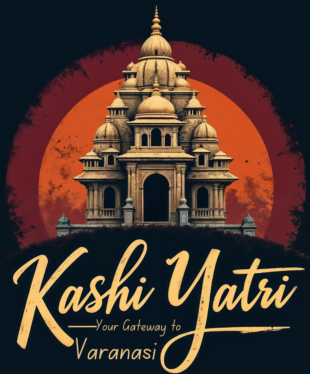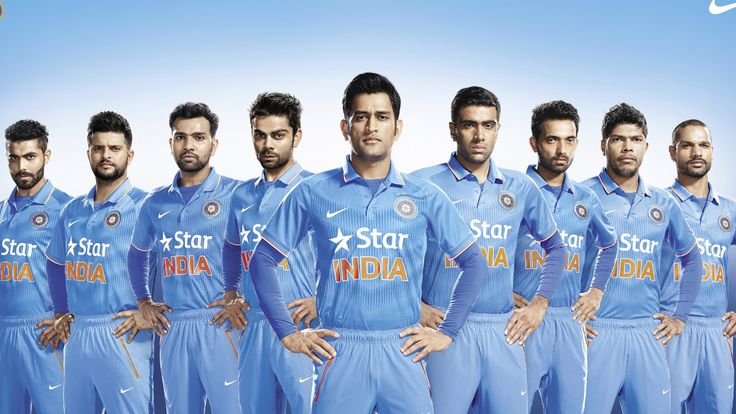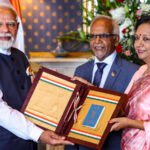Cricket finds a way to seep into every little story we tell. It is more than just a game; it’s a legacy, a culture, and, at times, a battlefield where emotions run high. Whether in feature films, fleeting advertisements, or the passionate roars of stadium crowds, cricket, especially the rivalry between India and Pakistan, has cemented itself as an unshakable force in South Asian culture.
The Match That Defined a Generation
For many cricket fans, their first memory of the sport is often linked to an iconic moment that left an everlasting impact. For me, that moment was the 2007 ICC T20 World Cup final between India and Pakistan. It was a game that had everything—nail-biting tension, dramatic twists, and an unforgettable conclusion. Misbah-ul-Haq’s attempted scoop shot over short fine leg with six runs needed off four balls felt like it was destined to clear the ropes. Instead, the ball found its way into the hands of Sreesanth, securing India’s victory and sealing a moment that still resonates with cricket fans worldwide.
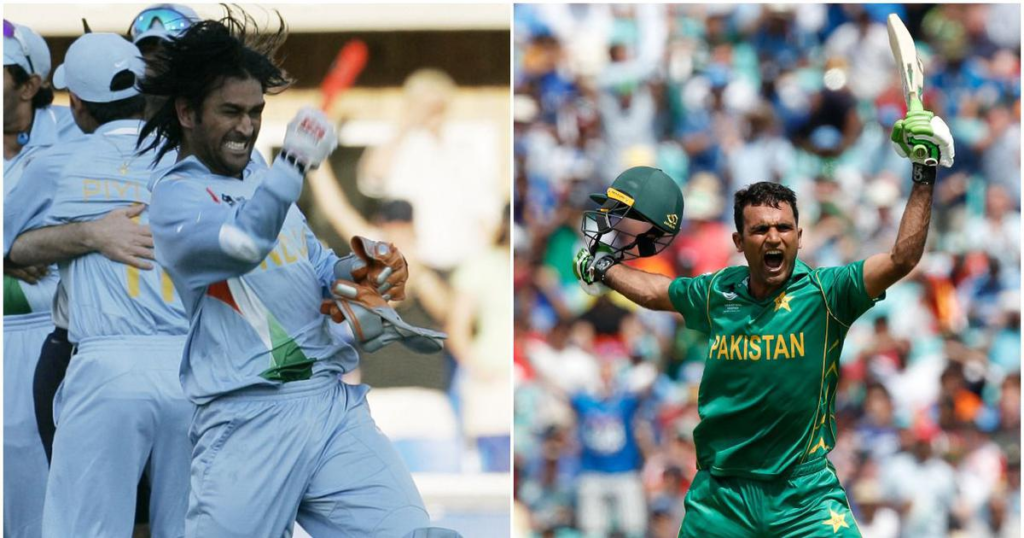
That match was not just a game; it was an imprint on the psyche of a generation. For Pakistan, it became a symbol of ‘almost there’ moments, a reflection of what-ifs and missed opportunities. For India, it was a validation of their dominance in high-pressure games against their arch-rivals. But beyond the sport, this rivalry is rooted in a deeper historical and political context that has shaped the sentiments of millions on both sides of the border.
Cricket and National Identity: A Reflection of History
The India-Pakistan cricket rivalry is unlike any other in the world. While most sporting rivalries are built on competitive spirit, this one is interwoven with history, politics, and national pride. Since the two nations gained independence in 1947, their relations have been marked by conflicts and diplomatic challenges. As a result, every cricket match between them carries the weight of history and expectations far beyond the boundaries of the sport.
The last bilateral series between India and Pakistan took place in 2012-13, and since then, they have only faced off in multi-nation tournaments like the ICC World Cup, Asia Cup, and Champions Trophy. The absence of regular matches has only heightened the stakes when they do meet, making each encounter a high-voltage spectacle watched by millions across the globe.
The emotional investment of fans on both sides is evident in the reactions, celebrations, and heartbreaks that follow each match. For Indian fans, the phrase Inn se mat haarna (Don’t lose to them) is a common sentiment before every game, echoing the nationalistic fervor attached to these encounters. Interestingly, Pakistani fans share a similar sentiment—beating India holds a special place in their cricketing dreams.
Cricket in Pop Culture: A Mirror of Society
The India-Pakistan cricket rivalry is not confined to the field; it extends into cinema, advertisements, and social media. Bollywood, known for its nationalistic undertones, has frequently depicted this rivalry. In Shabash Mithu, the biopic of Mithali Raj, the importance of an India-Pakistan match is humorously portrayed when a bar patron, uninterested in a group-stage game, suddenly becomes engrossed once he realizes India has defeated Pakistan.

In 2015, Star Sports India launched the now-iconic Mauka Mauka campaign. The ad portrayed a Pakistani fan repeatedly failing to celebrate a World Cup victory against India, highlighting India’s unbeaten record against Pakistan in ICC World Cups. The commercial became a cultural phenomenon, sparking debates, memes, and responses from both sides.
Pakistan, too, has used cricket in its media narratives. Before the 2019 World Cup clash, a Pakistani ad featured a character resembling Indian Air Force pilot Abhinandan Varthaman, who had been captured and later released by Pakistan. The ad, controversial in its execution, showcased how cricket and geopolitics often overlap in South Asia, reflecting the deep-seated tensions and emotional stakes involved.
Cricket as a Diplomatic Tool
Despite its role in fueling nationalistic fervor, cricket has also been a means of diplomacy between India and Pakistan. The term ‘cricket diplomacy’ was popularized in the 1980s when Pakistani President Zia-ul-Haq attended an India-Pakistan match in India as part of a peace initiative.
In 2004, India toured Pakistan for a full-fledged bilateral series after a gap of nearly 15 years. The tour was not just a cricketing success but also an instance of people-to-people contact fostering goodwill between the two nations. Indian fans were welcomed warmly in Pakistan, and vice versa, leading to hopes of improved relations through the shared love of the sport.

However, political tensions have often interrupted these moments of unity. The 2008 Mumbai attacks led to a complete halt in bilateral cricketing ties, and every attempt at resuming them has been met with hurdles, keeping the rivalry restricted to ICC events.
The Economics of the Rivalry: A Billion-Dollar Affair
With emotions running high and billions of fans tuning in, the India-Pakistan cricket rivalry is a goldmine for broadcasters and advertisers. The revenue generated from these matches surpasses that of any other fixture in international cricket. Ticket sales, sponsorships, and broadcasting rights for these games are sold at premium rates, and brands use these moments to capture audiences through aggressive marketing campaigns.
For example, the 2022 ICC T20 World Cup clash between India and Pakistan recorded over 200 million viewers, making it one of the most-watched matches in cricket history. Such numbers showcase the unparalleled commercial potential of this rivalry, making it a tournament highlight regardless of the event.
The Psychological Battle: More Than Just a Game
Beyond statistics and history, the India-Pakistan clashes are a test of mental resilience. Players are under immense pressure, not just from their teammates and coaches but from millions of fans who see them as representatives of national pride. This added pressure often leads to unpredictable performances, with heroes emerging in some matches and seasoned players crumbling under expectations in others.
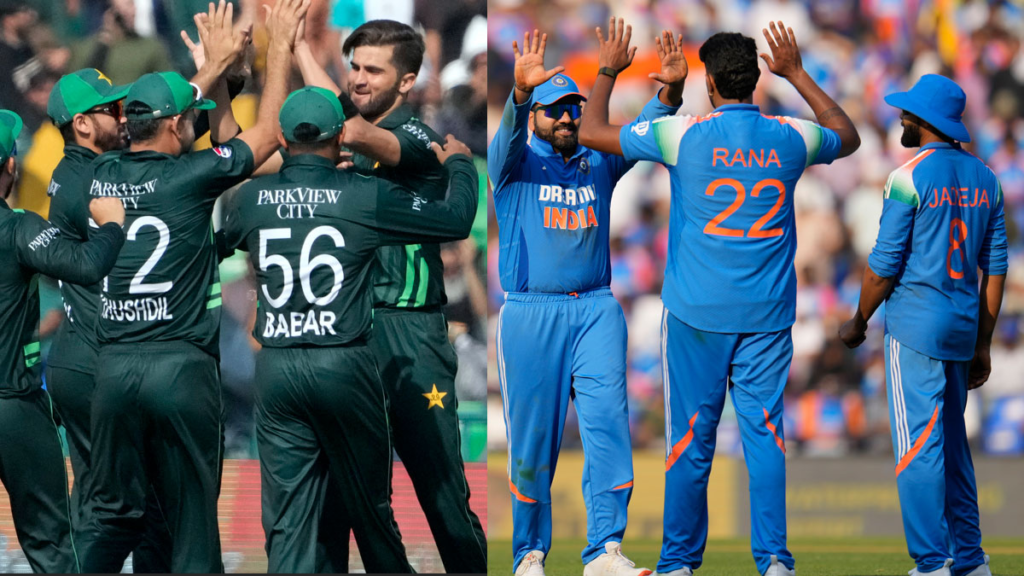
Memorable performances like Fakhar Zaman’s century in the 2017 Champions Trophy final, which led Pakistan to a historic victory, or Virat Kohli’s masterclass in the 2022 T20 World Cup showcase how these games bring out the best in cricketers. The ability to handle pressure and rise to the occasion defines legends in this rivalry.
The Future of the Rivalry: What Lies Ahead?
With the growing commercialization of cricket, there have been discussions about reviving bilateral series between India and Pakistan. However, the political landscape remains a significant hurdle. The upcoming 2025 Champions Trophy, set to be hosted by Pakistan, is already facing uncertainty, with the Board of Control for Cricket in India (BCCI) reluctant to send the Indian team to Pakistan.
While the future of bilateral cricket remains uncertain, one thing is clear—the India-Pakistan cricket rivalry will continue to captivate audiences whenever these two teams meet. Whether on the field, in advertisements, or in heated discussions among fans, this rivalry has become an intrinsic part of South Asian culture.
Conclusion: Cricket, Emotions, and an Unfinished Story
For cricket fans on both sides of the border, watching an India-Pakistan match is an emotional rollercoaster. While we know it’s just a game, the sentiments attached to it make it so much more. As the match begins, history, politics, and statistics fade into the background, and for those few hours, all that matters is the game itself.
Years from now, new generations will create their own first cricket memories, just as we remember the 2007 T20 final, the 2011 World Cup semi-final, or the 2017 Champions Trophy final. The rivalry will live on, fueled by the same passion and intensity that has made it one of the greatest sporting spectacles in the world. And as always, cricket will find its way into every little story we tell.
